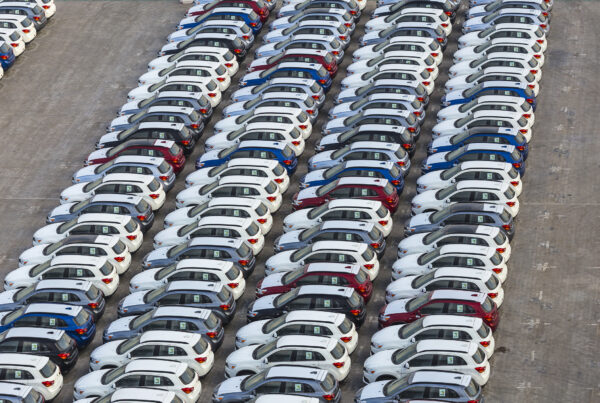The Australian automotive market recorded a total 119,659 new vehicles sold in June 2024, closing out the financial year on a strong note. Despite a slight 4.2 per cent decline in monthly sales, total sales for the first six months reached 632,412 vehicles according to the FCAI.
This represents an 8.7 per cent increase over the same period last year and surpasses the previous half-year record set in 2018.
FCAI Chief Executive Tony Weber expressed optimism about the market’s performance despite ongoing economic challenges.
“The end of the financial year has traditionally been a strong month for vehicle sales, and achieving 632,412 sales in just six months is a testament to the resilience of the market,” Weber said.
Trends
Although June saw a slight decrease in battery electric vehicle (BEV) sales, dropping to 8.0 per cent from 8.8 per cent in June 2023, the year-to-date figures tell a different story. BEV sales have grown to 50,219 units, up from 43,092 in the same period last year.
“We hope to break the significant milestone of 100,000 EV sales in 2024,” Mr. Weber said.
The Australian market continues to show a strong preference for SUVs and Light Commercial Vehicles, which made up 54.5 per cent and 23.3 per cent of June’s sales, respectively.
Additionally, the market share for hybrid and plug-in hybrid vehicles has seen a significant uptick, capturing 14.4 per cent of the market in June, compared to 7.8 per cent the previous year. This shift indicates a growing consumer interest in more sustainable vehicle options.
Market Leaders
Toyota maintained its position as the market leader with 20,903 vehicles sold in June, followed by Ford (9,493), Mazda (9,483), Kia (8,225), and Mitsubishi (7,723). The Ford Ranger emerged as the top-selling vehicle, with 6,289 units sold, followed by the Toyota HiLux (5,630), Toyota RAV4 (3,907), Mitsubishi Outlander (3,045), and Tesla Model Y (2,906).
Regional sales figures varied, with the Australian Capital Territory remaining steady compared to June 2023. However, declines were noted across several states: New South Wales (-2.1 per cent), Queensland (-6.3 per cent), South Australia (-0.5 per cent), Victoria (-4.7 per cent), Western Australia (-7.6 per cent), Tasmania (-1.4 per cent), and the Northern Territory (-5.3 per cent).
Did you find this article interesting? Click the ‘heart’ button above to give it a ‘like’!


















